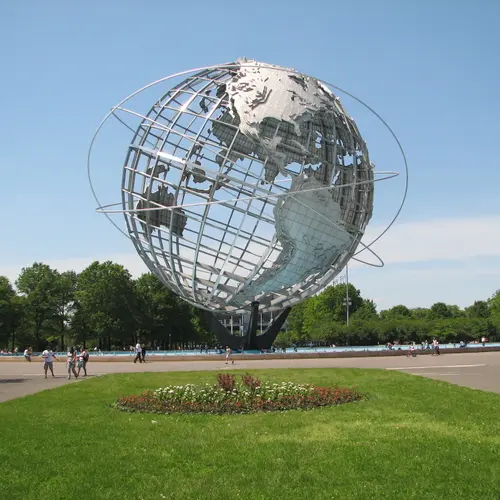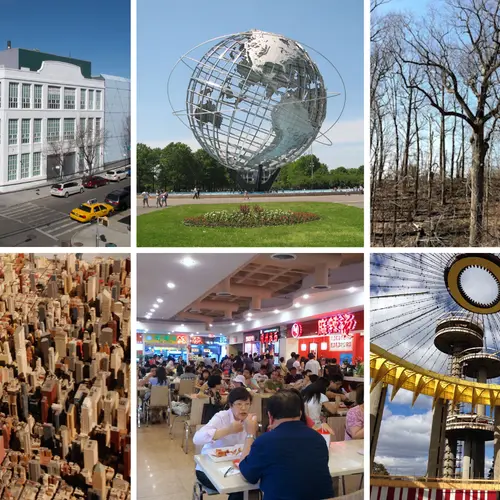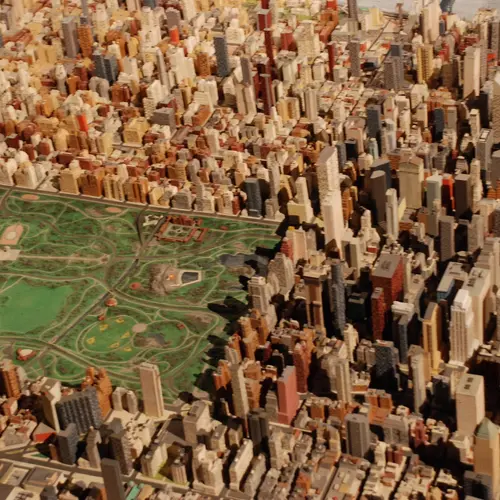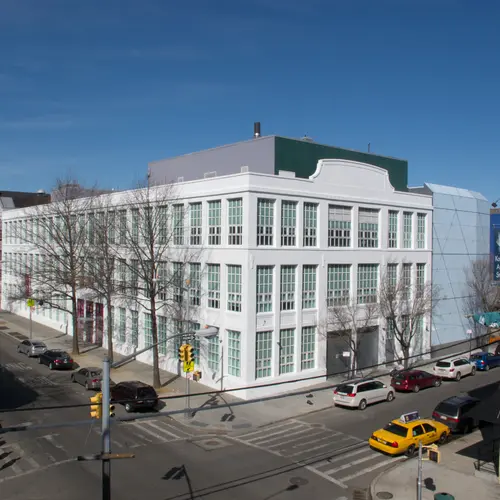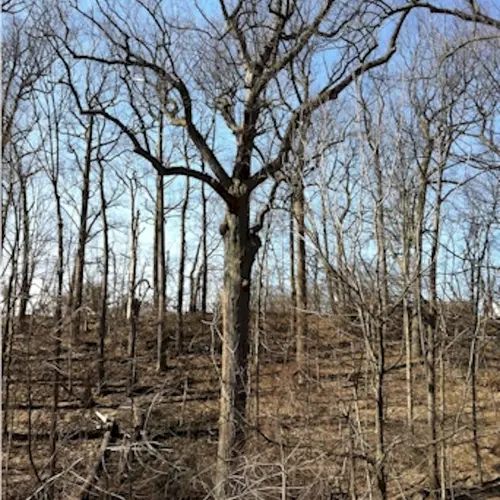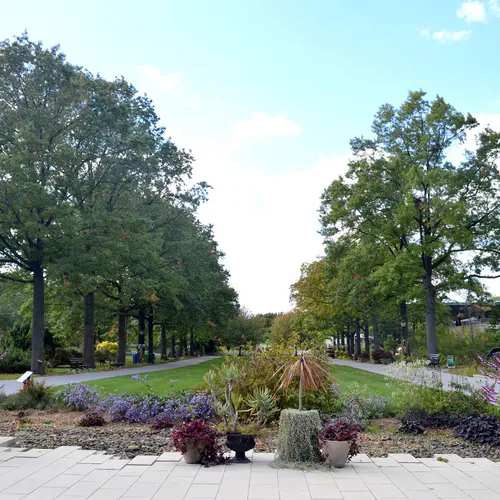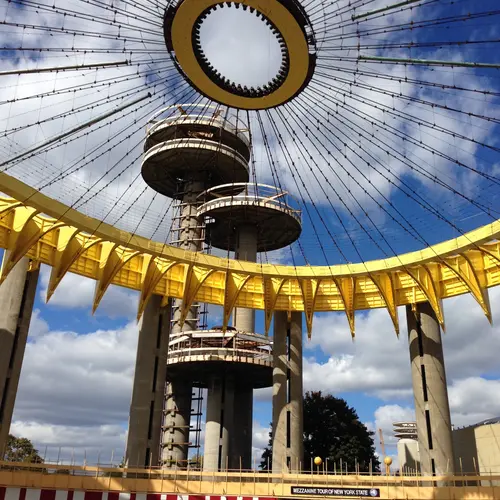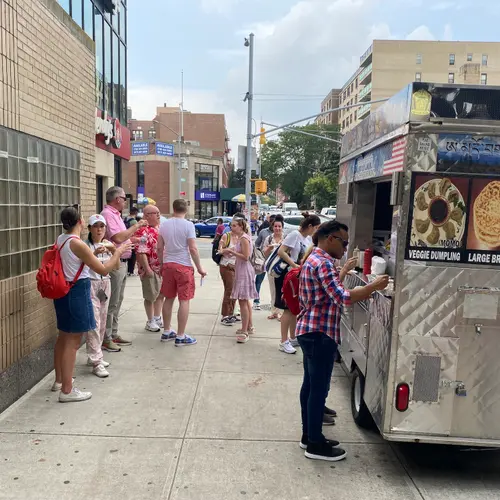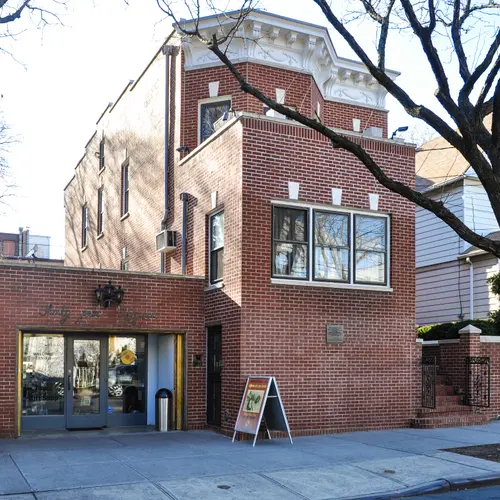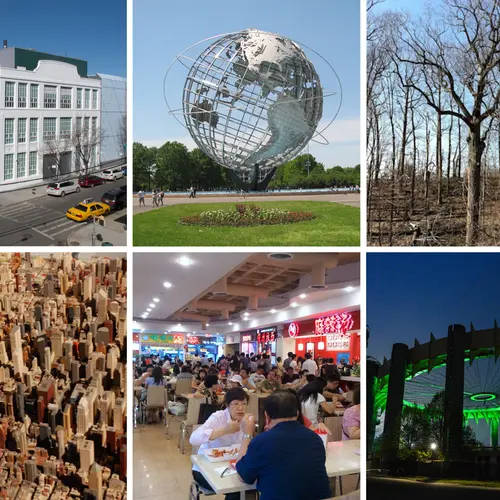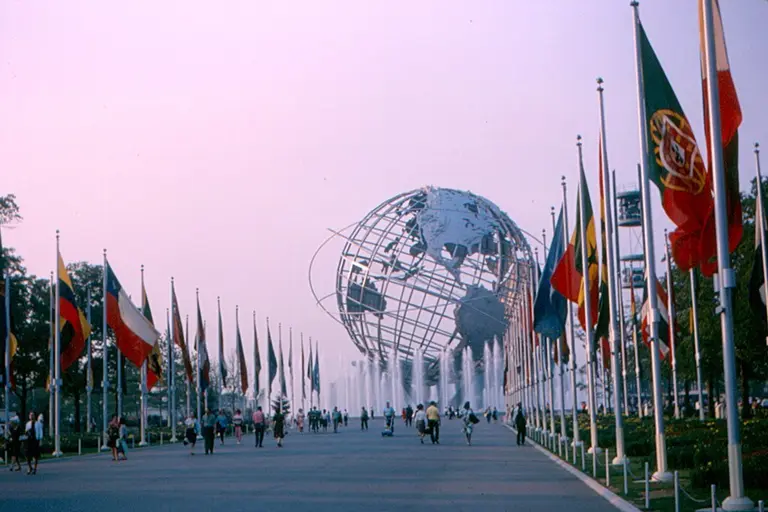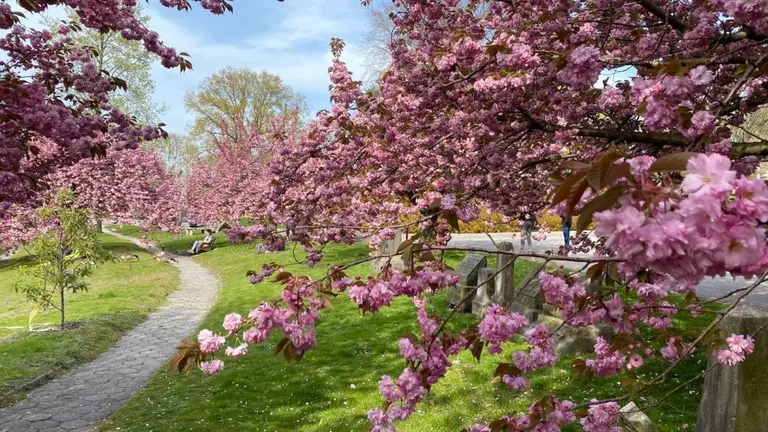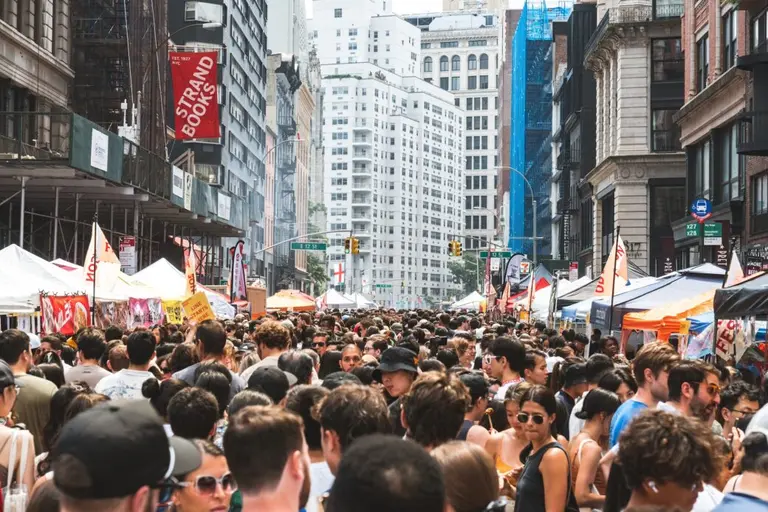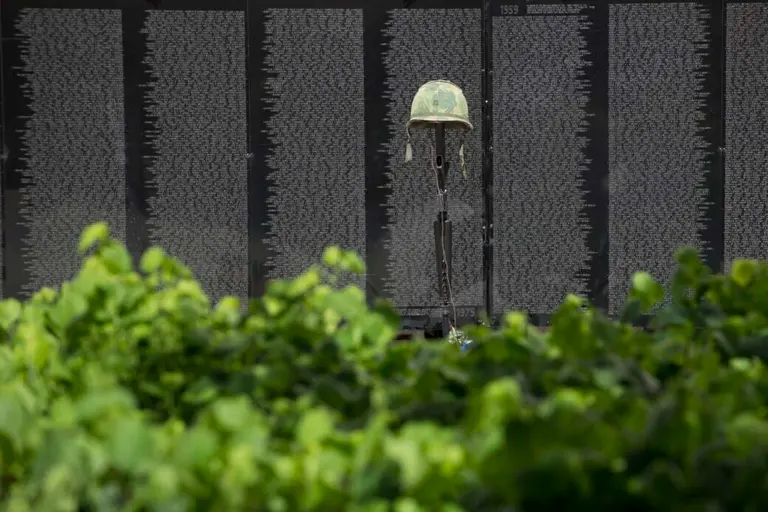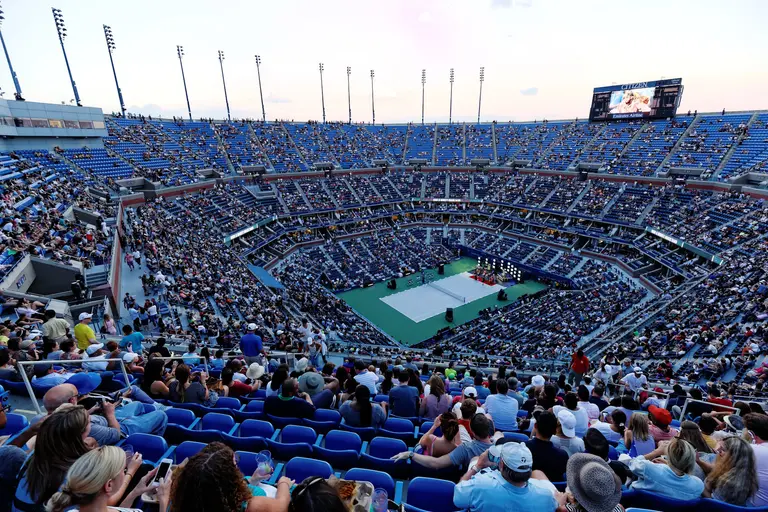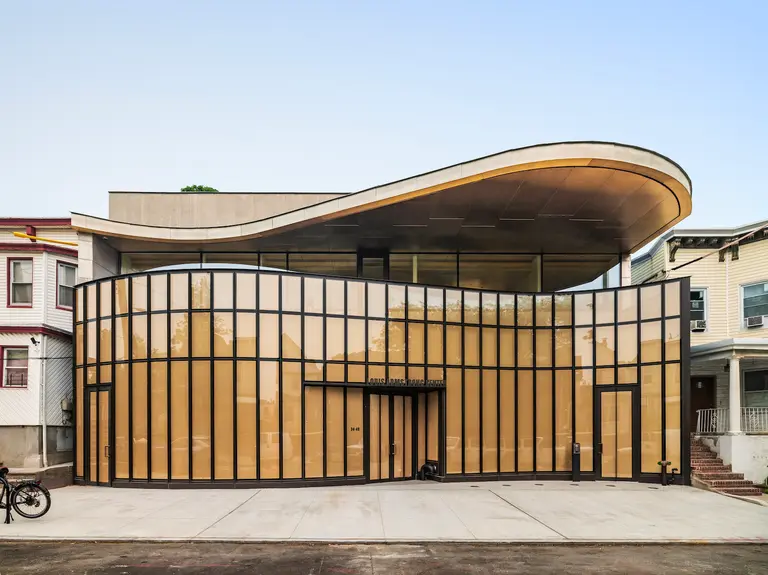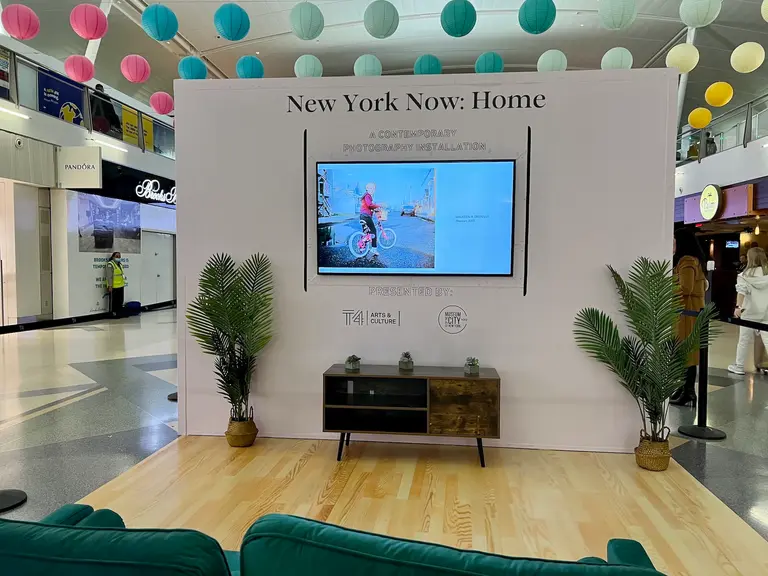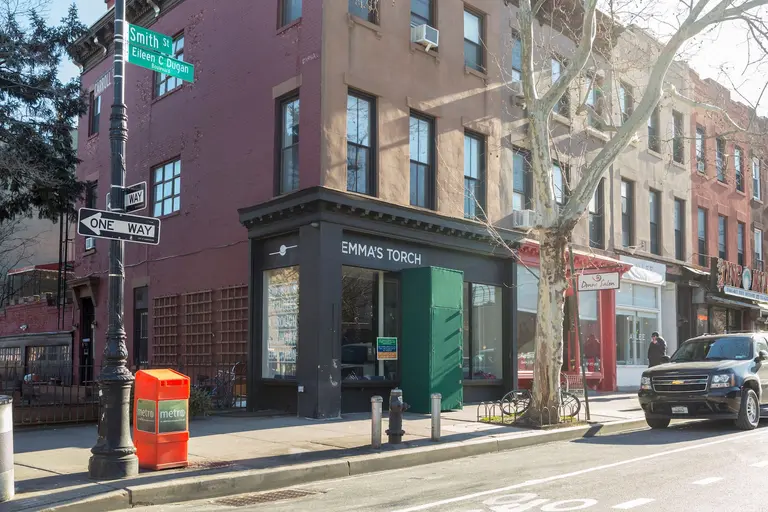10 fun things to do near Citi Field
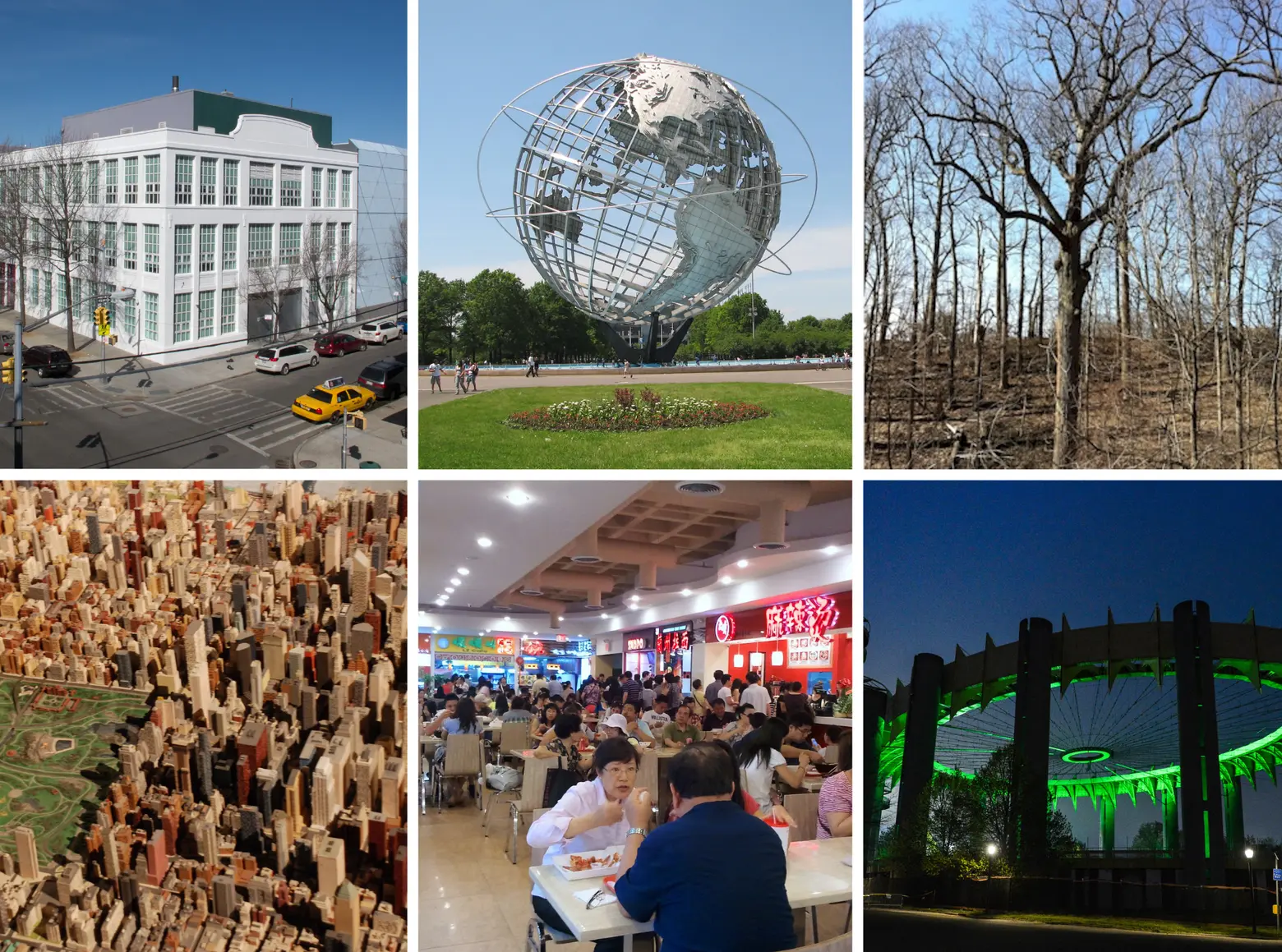
If you’re headed to a Mets game at Citi Field this season, take advantage of being in one of the most ethnically diverse urban areas in the world and plan some pre- or post-ball game activities. The Queens ballpark sits next to the enormous Flushing Meadows-Corona Park, home to World’s Fair relics, museums, and a seasonal open-air night market. Whether it’s touring Louis Armstrong’s home in Corona, eating your way through Jackson Heights, or visiting the oldest living organism in New York City, there is no shortage of fun things to do near Citi Field, in addition to cheering on the Amazin’ Mets.
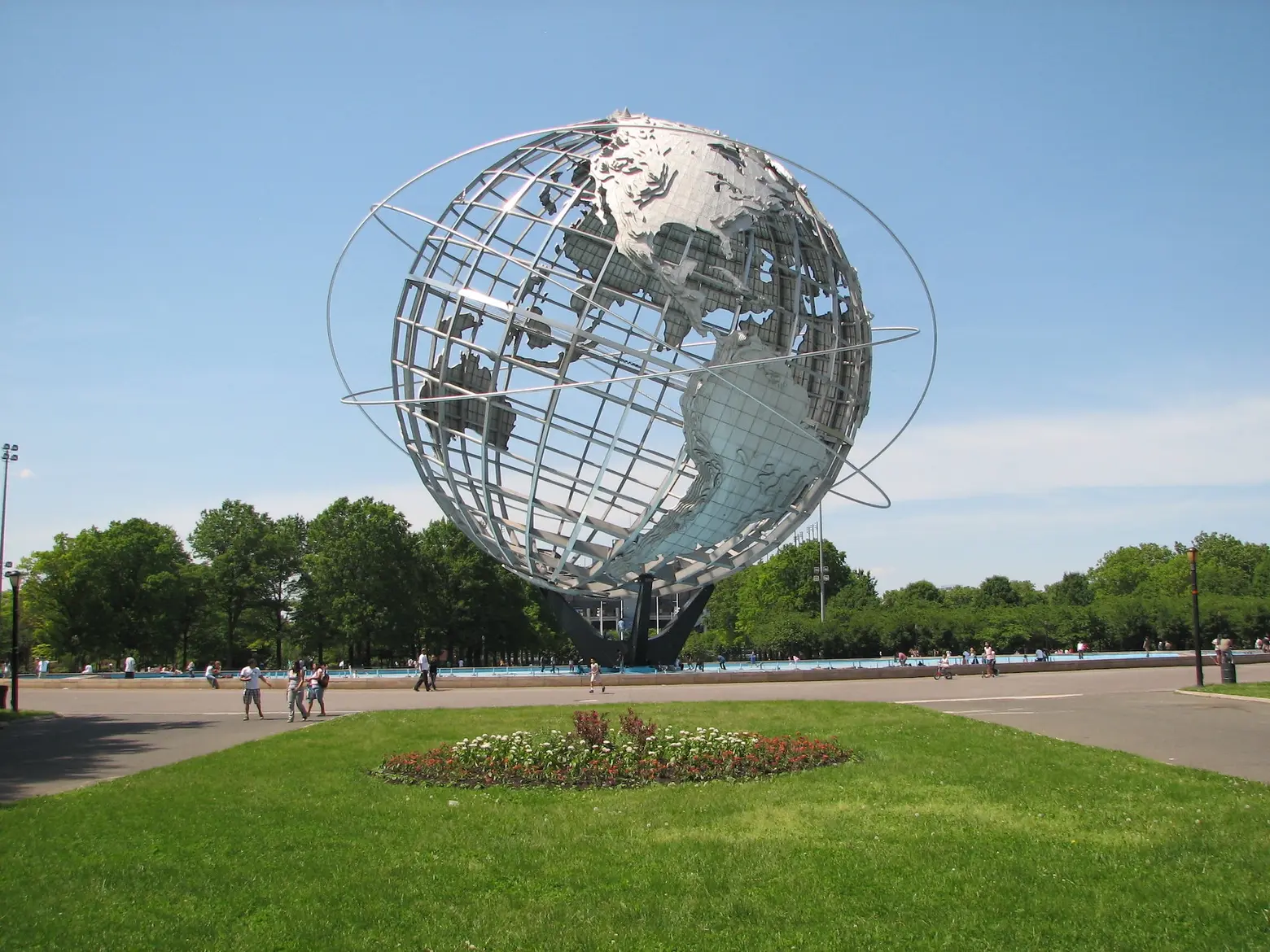
Photo by chrisinphilly5448 on Flickr
The Unisphere
One of the borough’s (if not the city’s) most iconic landmarks is half a mile from Citi Field. The Unisphere is a stainless steel representation of Earth designed by Gilmore David Clarke as the centerpiece of the 1964 New York World’s Fair. Located in Flushing Meadows-Corona Park, the Unisphere is the world’s largest globe, consisting of a 120-foot-diameter globe and weighing 700,000 pounds. The icon symbolized the theme of that year’s World’s Fair: “Peace Through Understanding,” as well as a celebration of the start of the space age. The tilting sphere has representations of continents, major mountain ranges in relief, and three rings signifying the first manmade satellites.
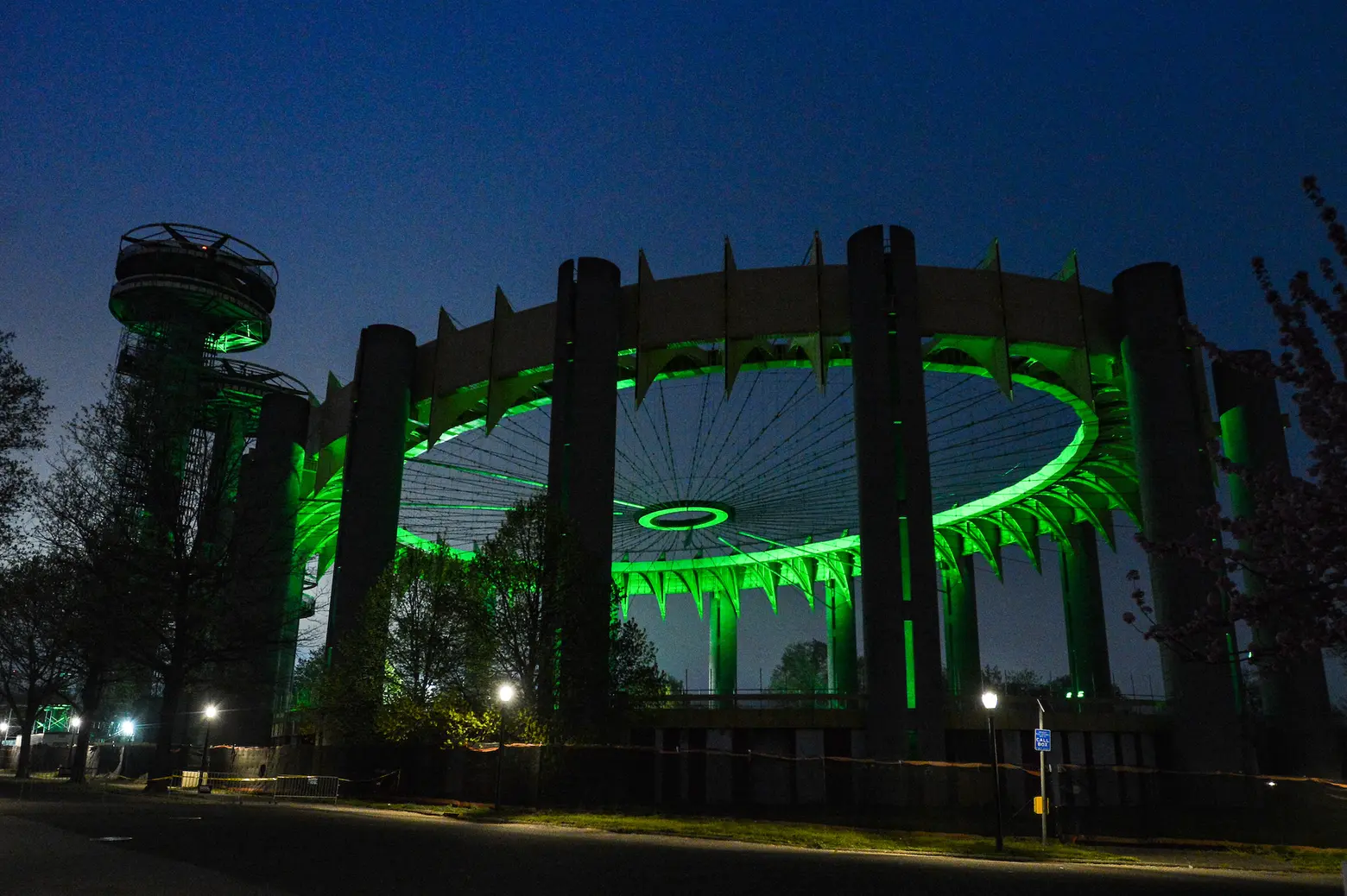
New York State Pavilion
Another remnant of the 1964 World’s Fair, the New York State Pavilion, is also in Flushing Meadows-Corona Park. Designed by Philip Johnson and Richard Foster, the New York State Pavilion is a concrete and steel structure, consisting of three observation towers, an open-air elliptical ring, and a theater. The “Tent of Tomorrow” has 16 100-foot columns holding a roof of multi-colored panels. The towers held cafeterias for fair-goers with the tallest, an observation deck. And the “Theaterama” showed large-scale artworks by artists like Andy Warhol and Roy Lichtenstein. As part of the $24 million restoration, the city installed new dynamic architectural lighting on the Philip Johnson-designed Tent of Tomorrow and Towers, which will be lit every night, with varying schedules for holidays and special events.
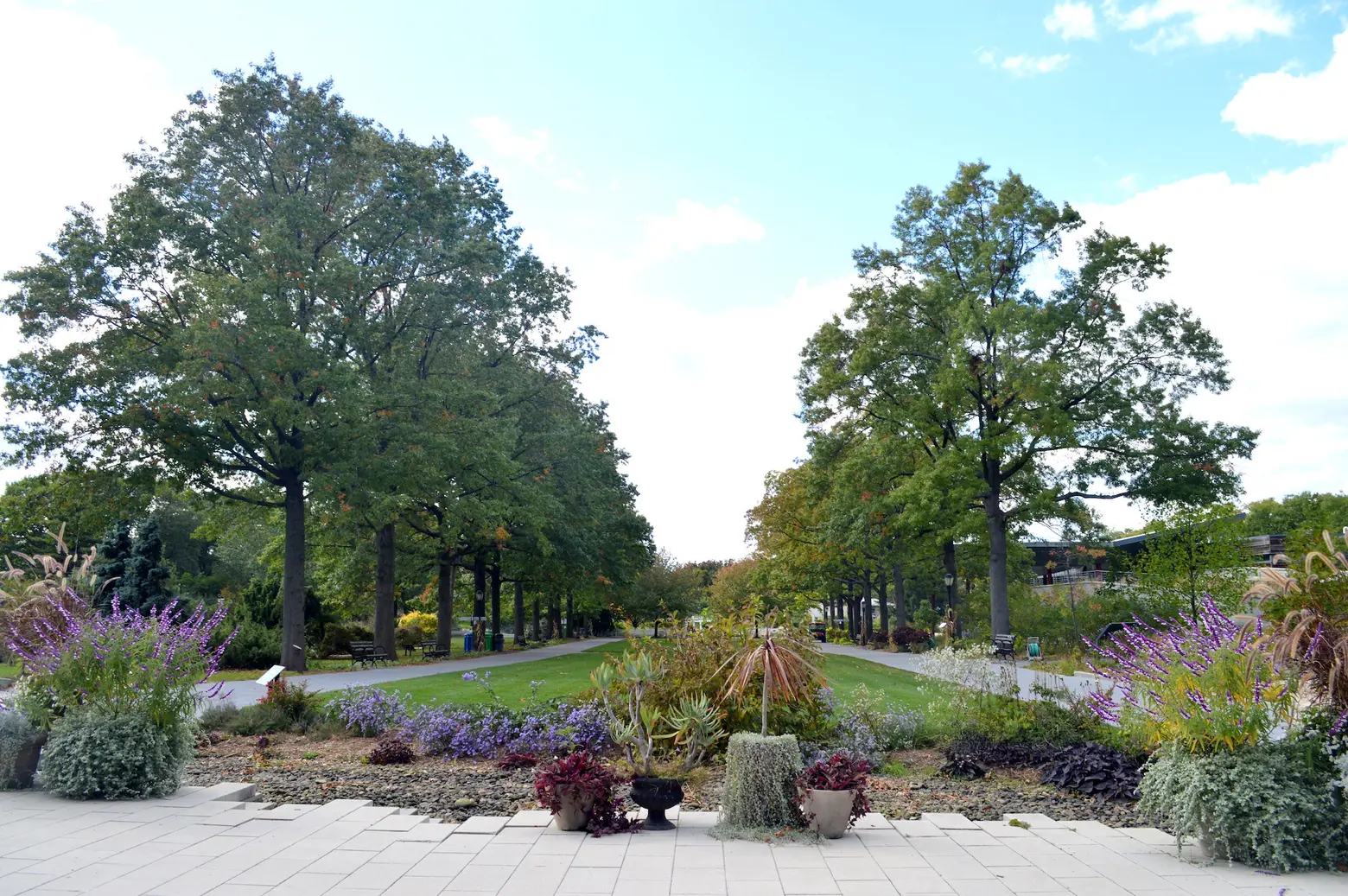
Photo via Wikimedia
Queens Botanical Garden
Another spot on this list also has ties to a New York World’s Fair, but this time from the 1939-1940 event. Originally part of a five-acre horticulture exhibit “Gardens on Parade” at Flushing Meadows-Corona Park, the Queens Botanical Garden was preserved and later expanded. Now a 39-acre urban oasis on Main Street in Flushing, the garden still has original plantings from the 1939 exhibit, including two Blue Atlas cedars that sit at the entrance gate. The QBG also offers many events, most of which are family-friendly, including spring birding walks, walking tours, and hands-on gardening experiences.
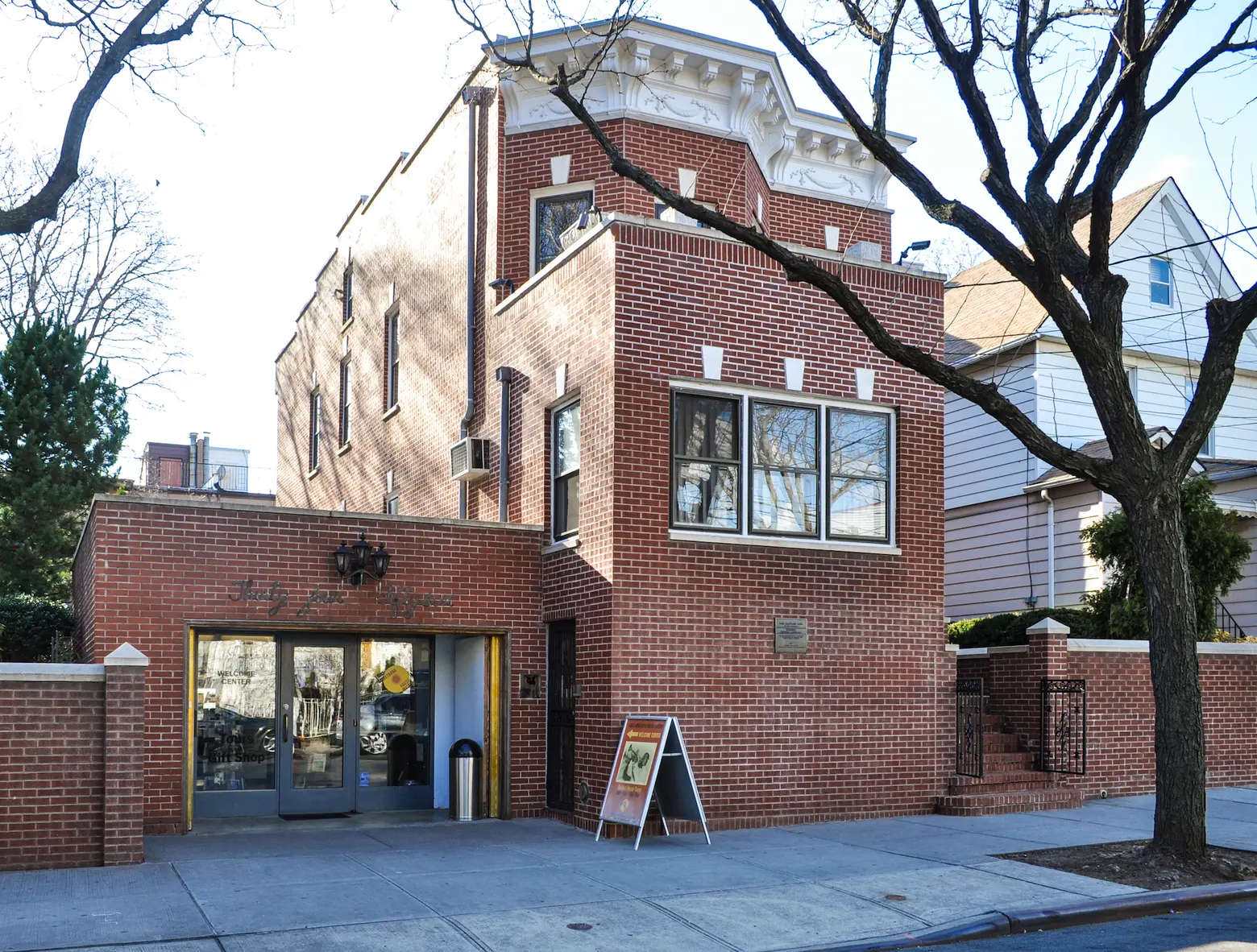
Photo by Joe Mabel on Wikimedia

Louis Armstrong House Museum
One neighborhood over (and one subway stop) from the stadium you can find the former home of the world’s most famous jazz musician. A museum since 2003, the Louis Armstrong House Museum is in Corona, Queens. The modest detached home remains furnished as it was when the musician lived there with his wife Lucille and provides a time capsule of mid-century design and a private look inside the life of one of the most significant cultural figures in American history. In-person guided tours of the home, which include listening to Armstrong’s homemade recordings and a tour of the couple’s Japanese-inspired garden, are available Thursday through Sunday.
Last summer, the new Louis Armstrong Center opened as part of the house museum. The new space features a 60,000-piece permanent collection of historical items relating to Louis and Lucille Armstrong, a rotating exhibition space, and a 75-seat performance venue.
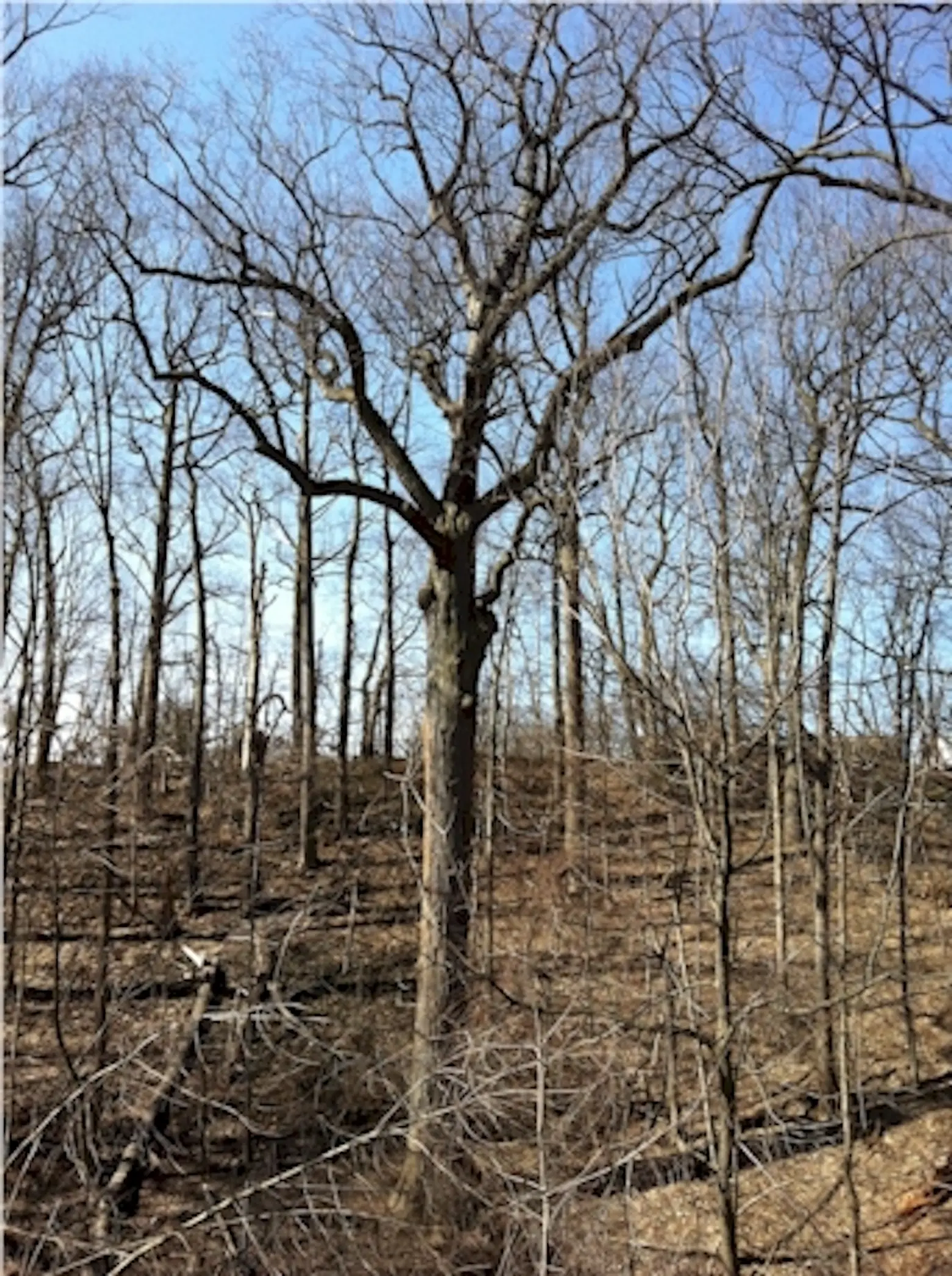
Photo via Wikimedia
The Alley Pond Giant
A little further east of Citi Field, but still accessible by public transportation, Alley Pond Park is an ecologically diverse park with 635 acres of meadows, ponds, forests, and marshes. Not only is this a great spot for an urban nature hike, but the park is also home to New York City’s oldest tree: The Alley Pond Giant. According to the city’s Parks Department, the tree was a sapling in the 17th century, “when the Dutch West India Company sent a group of Walloon families to Manhattan.” Thought to be the oldest and tallest living organism in the city, the tulip tree is 133.8 feet tall and has a circumference of 18.6 feet. In addition to taking in living history, visitors to Alley Pond Park can enjoy New York City’s first public high ropes adventure course, part of the Urban Park Rangers’ Alley Pond Park Adventure Program.
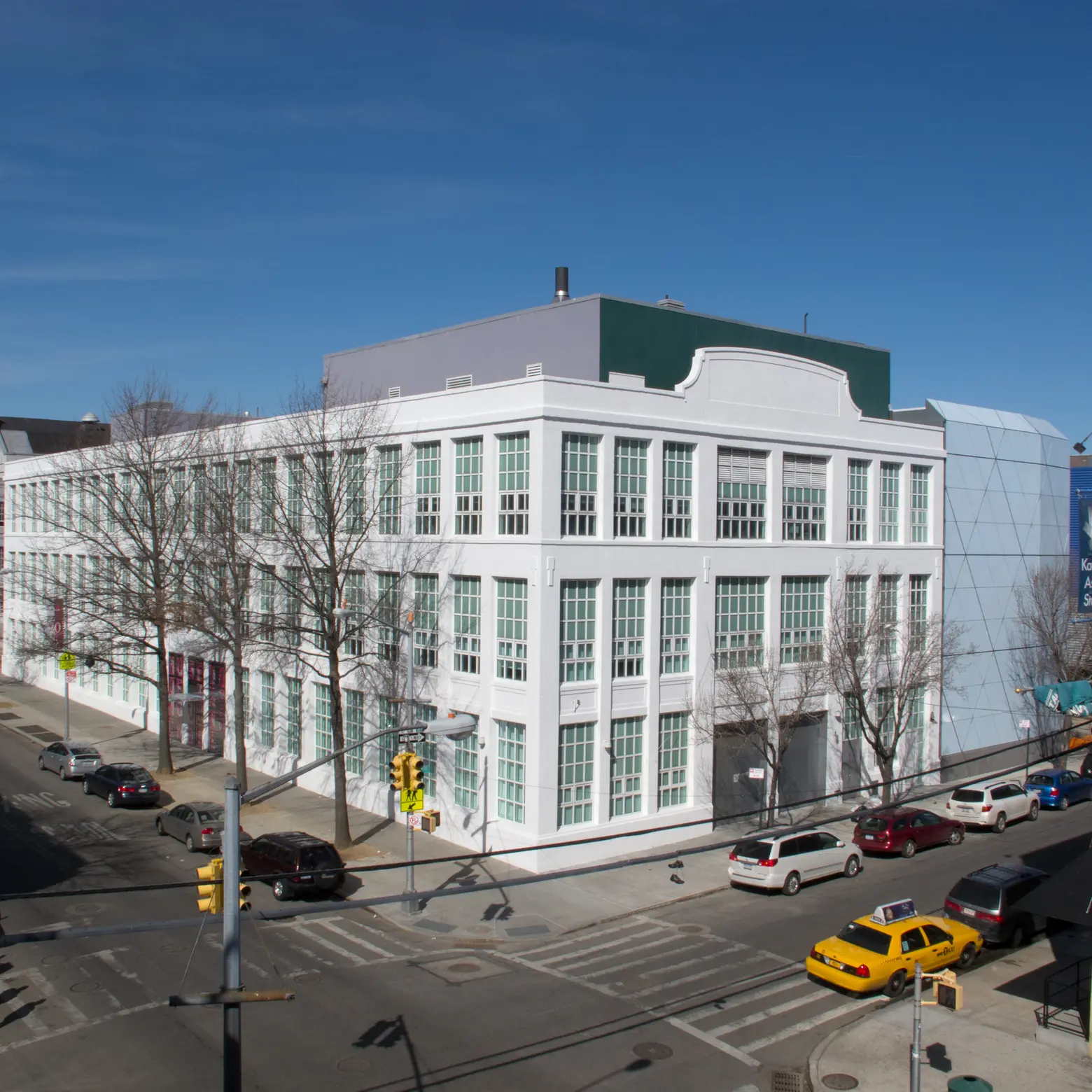
Photo via Wikimedia
Museum of the Moving Image
A must-visit for anyone who loves movies and television, the Museum of the Moving Image explores the art, technology, and cultural influence of digital media. Located in Astoria off the M and R trains, the museum houses the largest collection of moving image artifacts in the country, while also presenting hundreds of screenings every year.
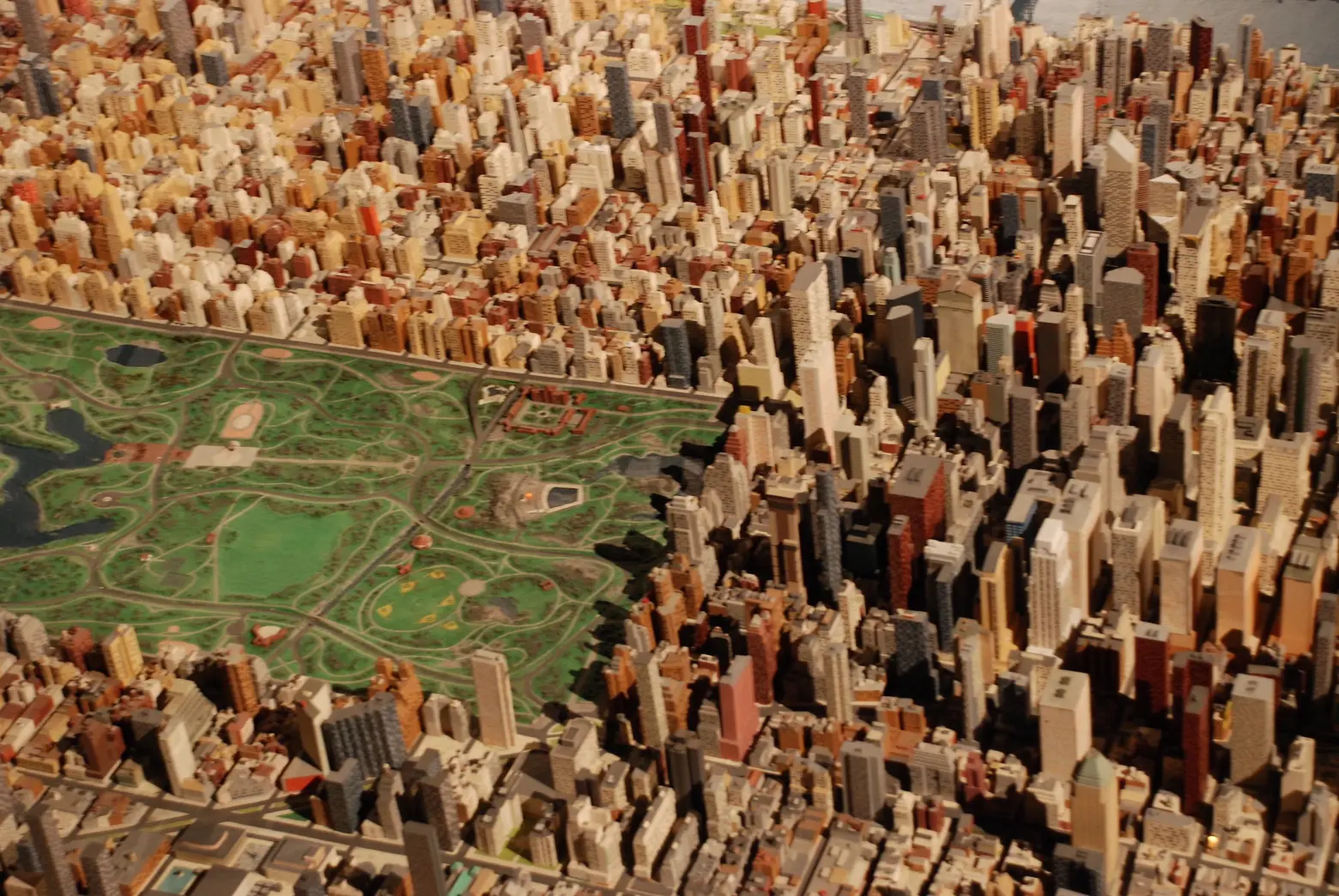
Photo by Joe Shlabotnnik on Flickr
The Queens Museum
The Queens Museum is home to one of the city’s best exhibitions: the “Panorama of the City of New York.” Conceived by urban planner Robert Moses for the 1964 World’s Fair, the nearly 10,000-square-foot architectural model includes every building in all five boroughs constructed before 1992, as well as every street, park, and roughly 100 bridges. When it made its debut in 1964, the Panorama featured a lighting cycle that showed the city from dawn to dusk, thousands of colored lights that highlighted municipal buildings, and moving airplanes that took off and landed at LaGuardia Airport. Changes have been made to the model over time, last brought up to date fully in 1992. In 2009, the Flushing Meadows Corona Park museum launched its “Adopt-a-Building” program to fund the future of the model while also bringing it up to date. The museum is open Wednesday through Sunday; admission is pay-what-you-wish but $8 is recommended for adults.
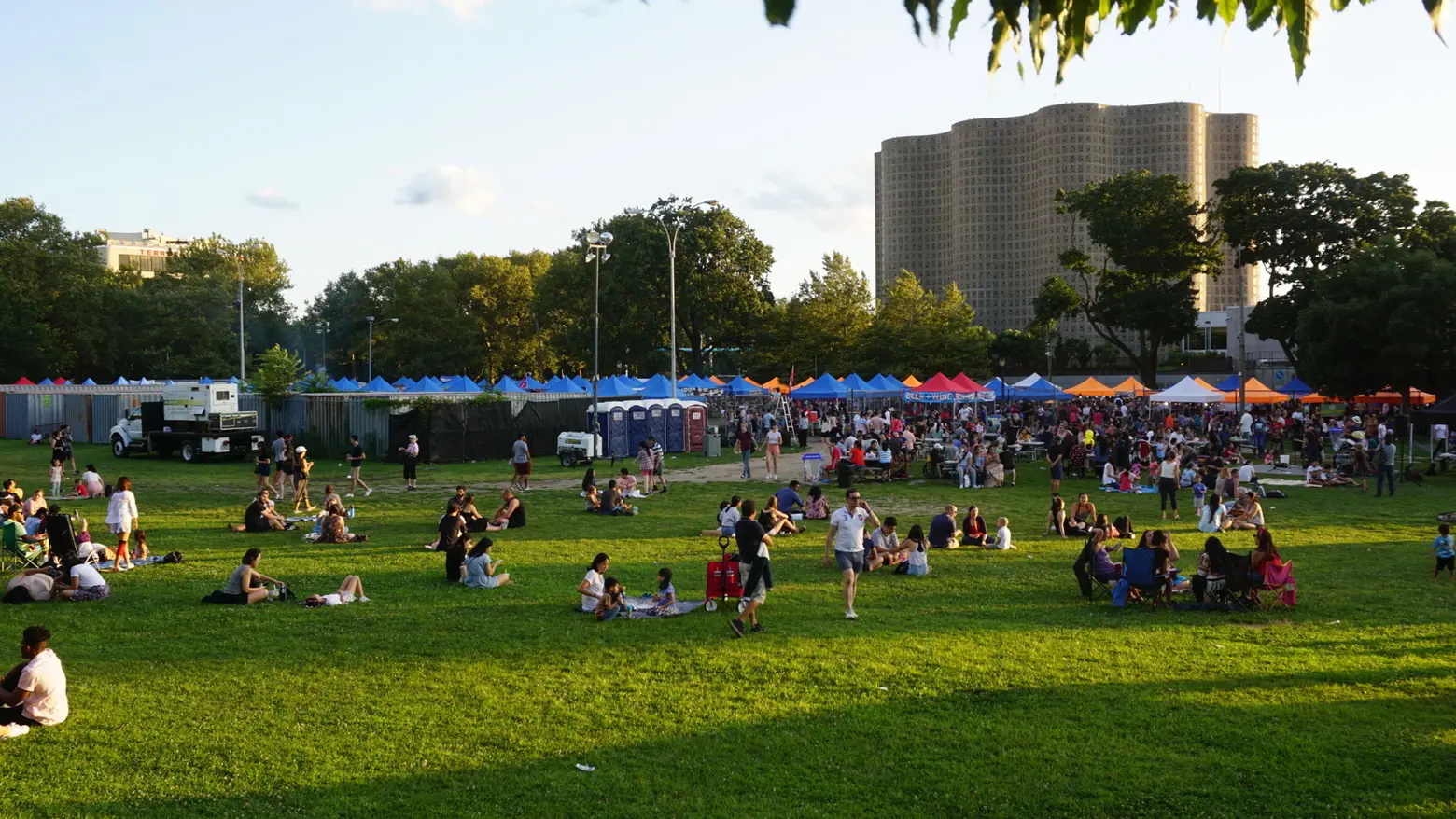
Photo credit: Sharon Medina
Queens Night Market
Since 2015, the Queens Night Market has captured what it means to live in, and visit, the World’s Borough. The open-air market offers food vendors from over 90 countries, serving traditional foods not easily available in the city, with all items priced at $6 or below. The market, located next to the New York Hall of Science in Flushing Meadows-Corona Park, will reopen to the public for free on April 27 and will run through the fall every Saturday from 5 p.m. to midnight. The Queens Night Market is about a 10- to 15-minute walk from the Mets-Willets Point subway station.

Photo by Chun Yip So on Flickr
New World Mall
While there are so many great dining options in downtown Flushing, New World Mall offers diverse Asian food vendors all under one roof. As New York’s largest indoor Asian mall, the shopping center boasts a huge supermarket, a variety of retailers, a karaoke lounge, and a lower-level food court, home to over two dozen vendors selling traditional Chinese, Japanese, Korean, Thai, and Vietnamese food at reasonable prices. Located at 136-20 Roosevelt Avenue, the mall is an easy one-stop away on the 7 train from Main Street to Citi Field.
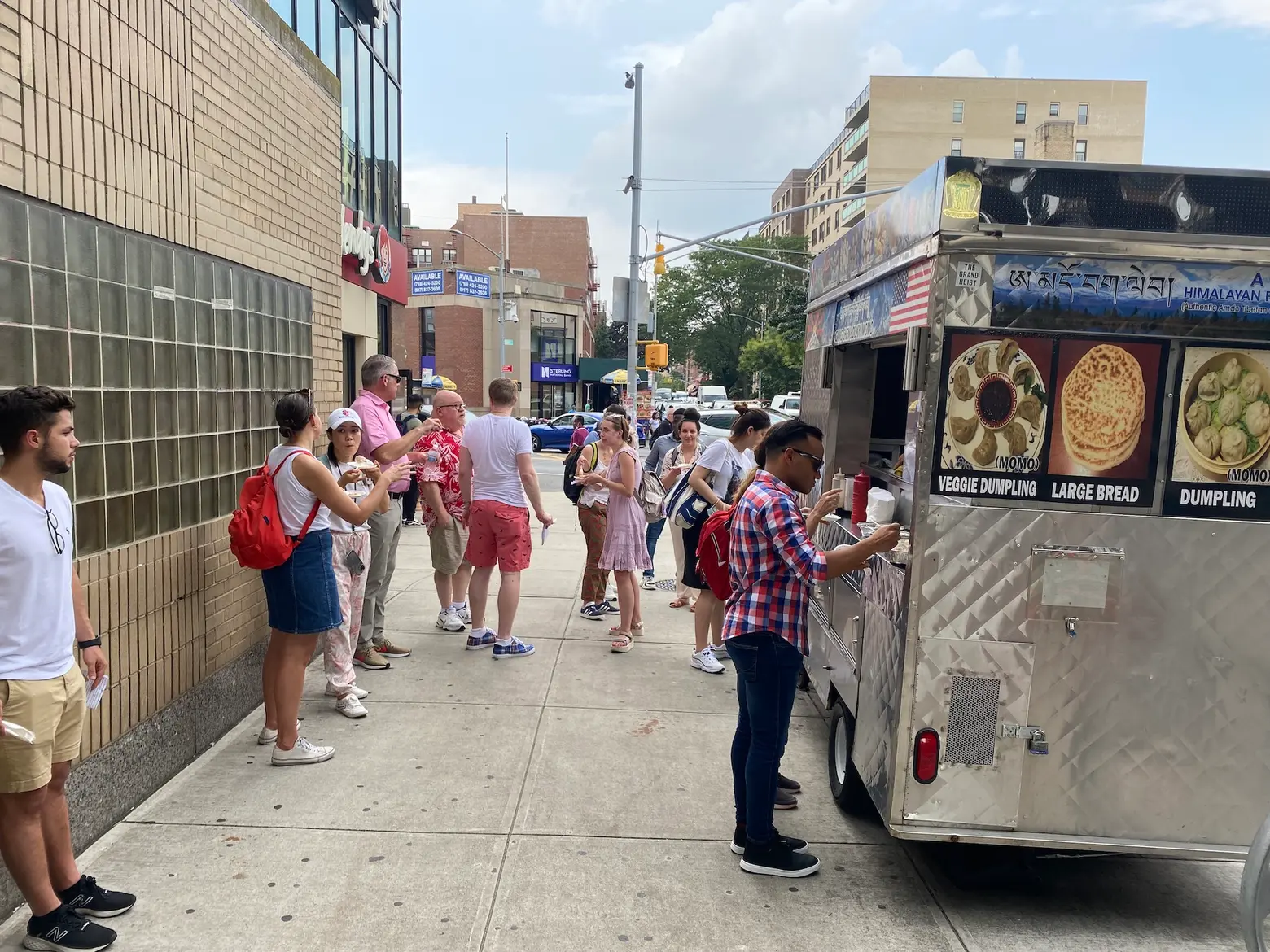
Photo courtesy of Eat Your World
Queens Food Tour
For a guided foodie adventure in one of New York City’s most diverse neighborhoods, check out the Queens Food Tour from Eat Your World. The tour takes groups through multicultural Jackson Heights (and occasionally neighboring Elmhurst) to local mom-and-pop eateries serving food made by immigrants from India, Bangladesh, Nepal, Tibet, Colombia, Mexico, Thailand, and more. Tour options include weekday lunch tours, weeknight tours, and weekend tours. About 5 percent of each month’s food tour profits are donated to a local food pantry. The 7 train will take you from the Jackson Heights- Roosevelt Avenue station to Citi Field in less than 10 minutes.
RELATED:
